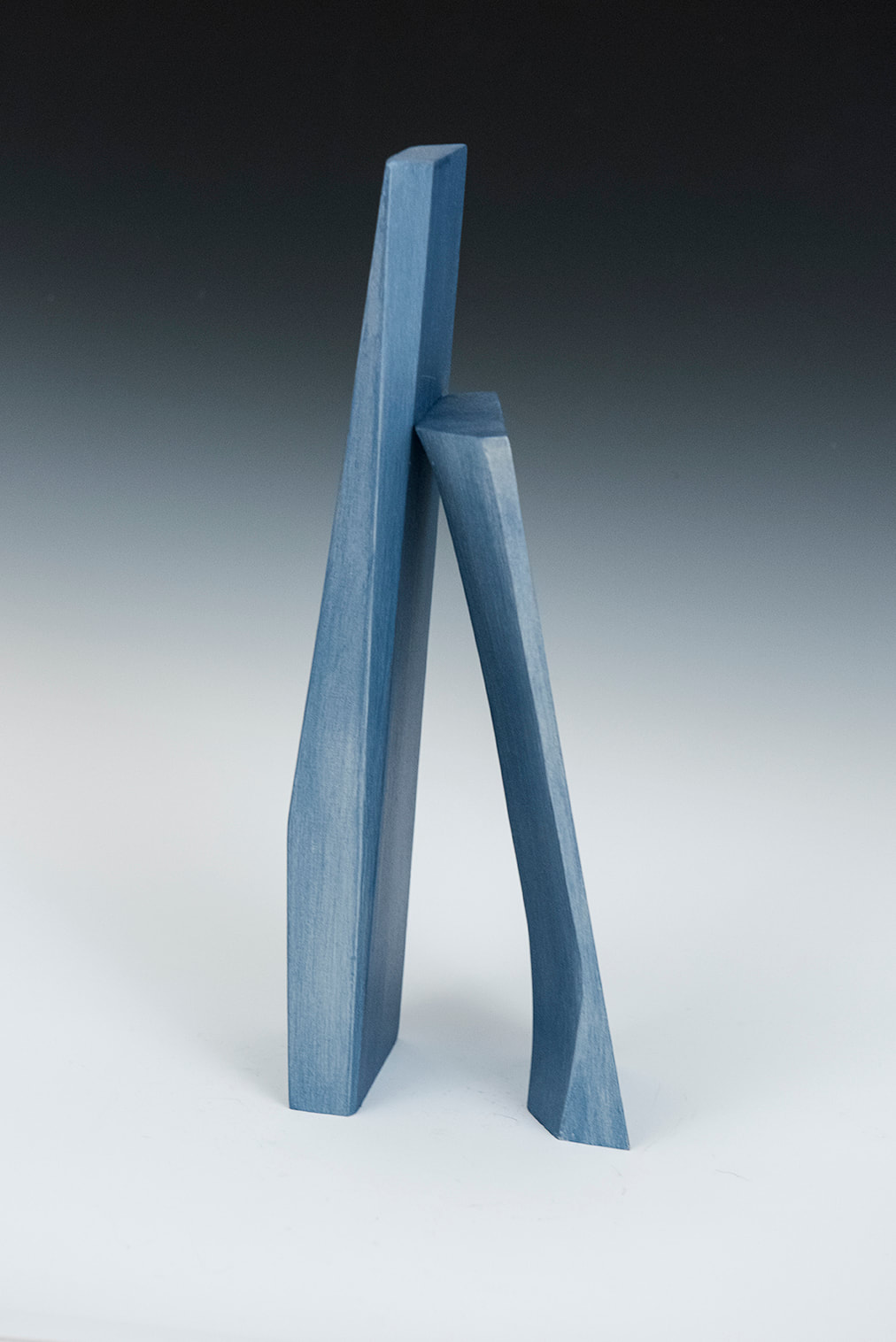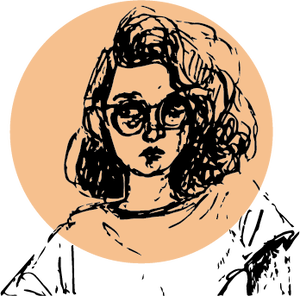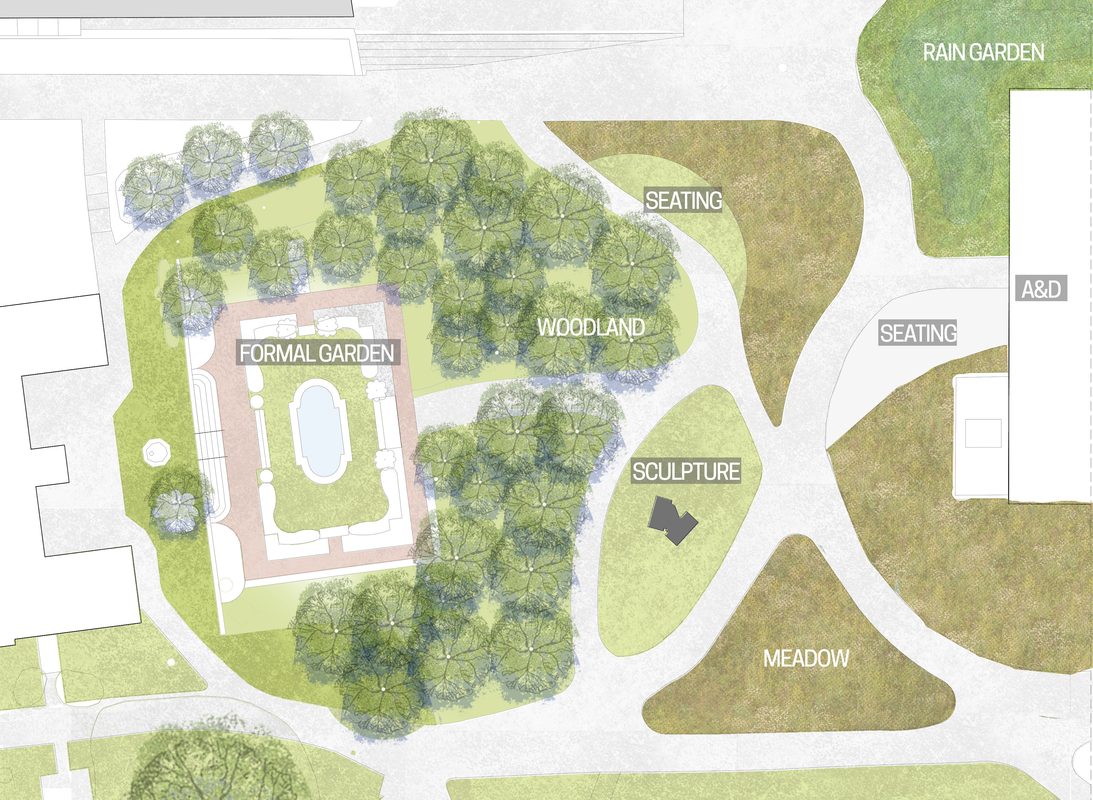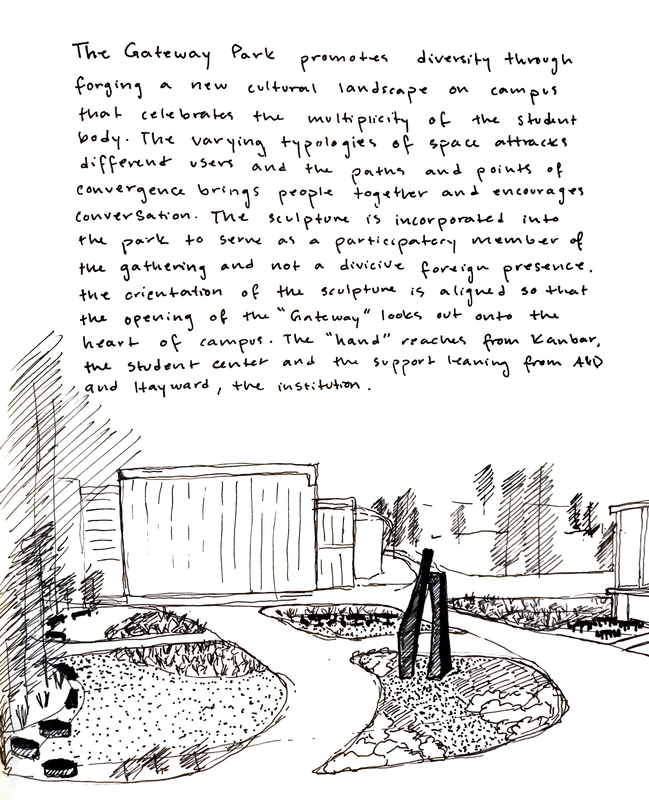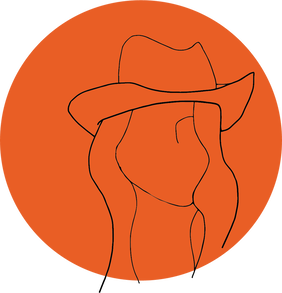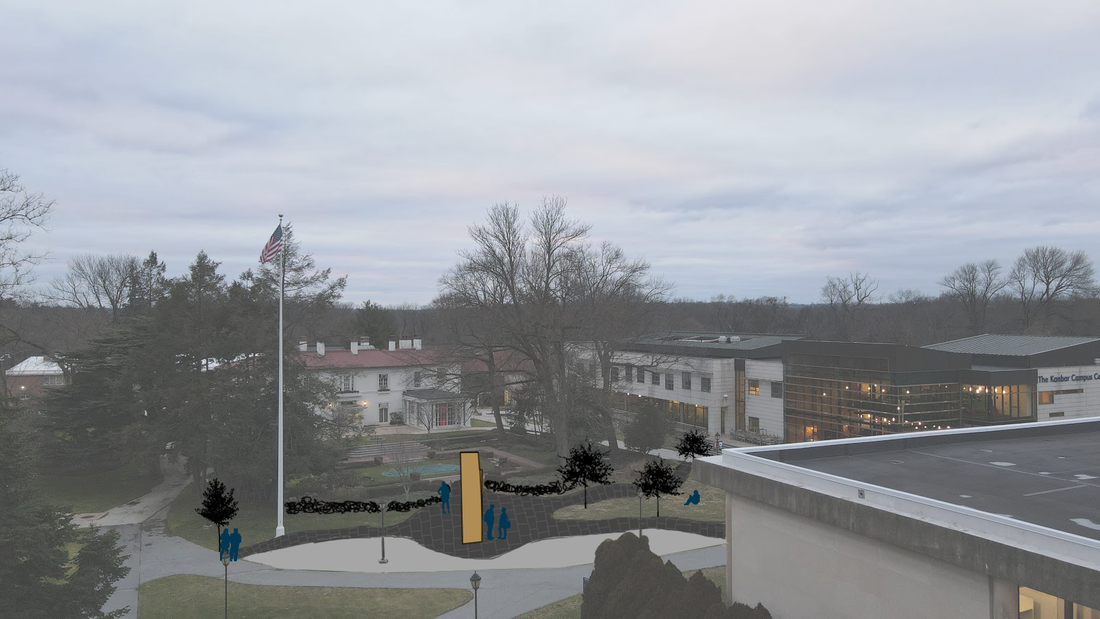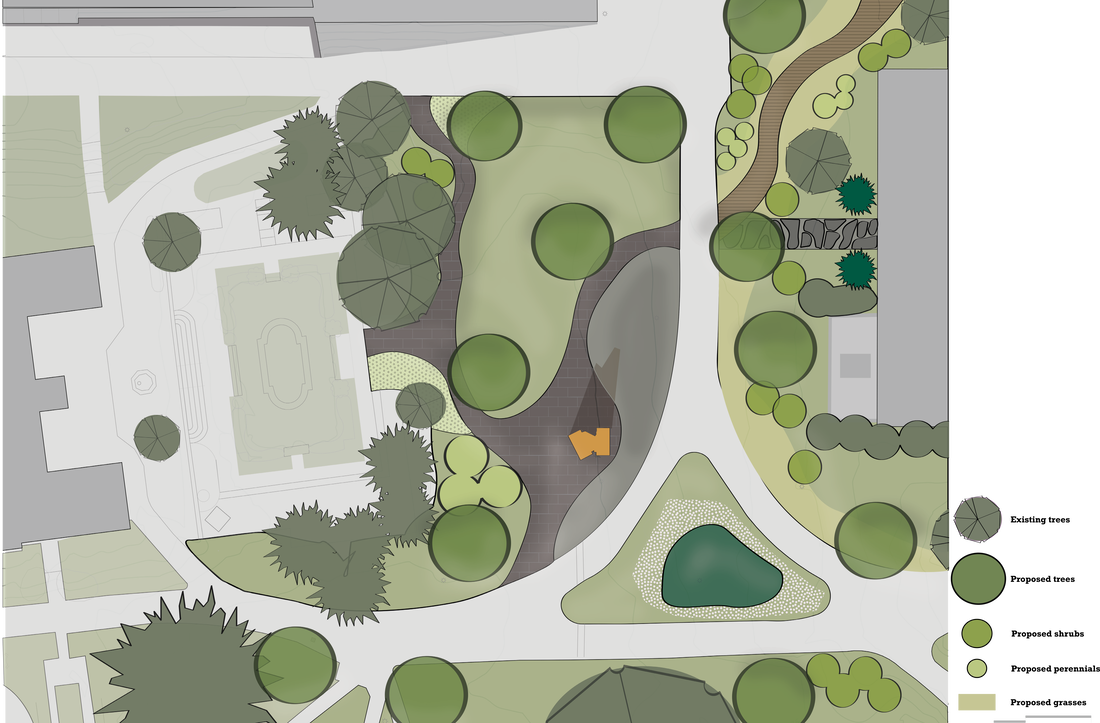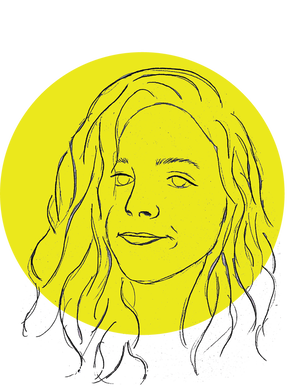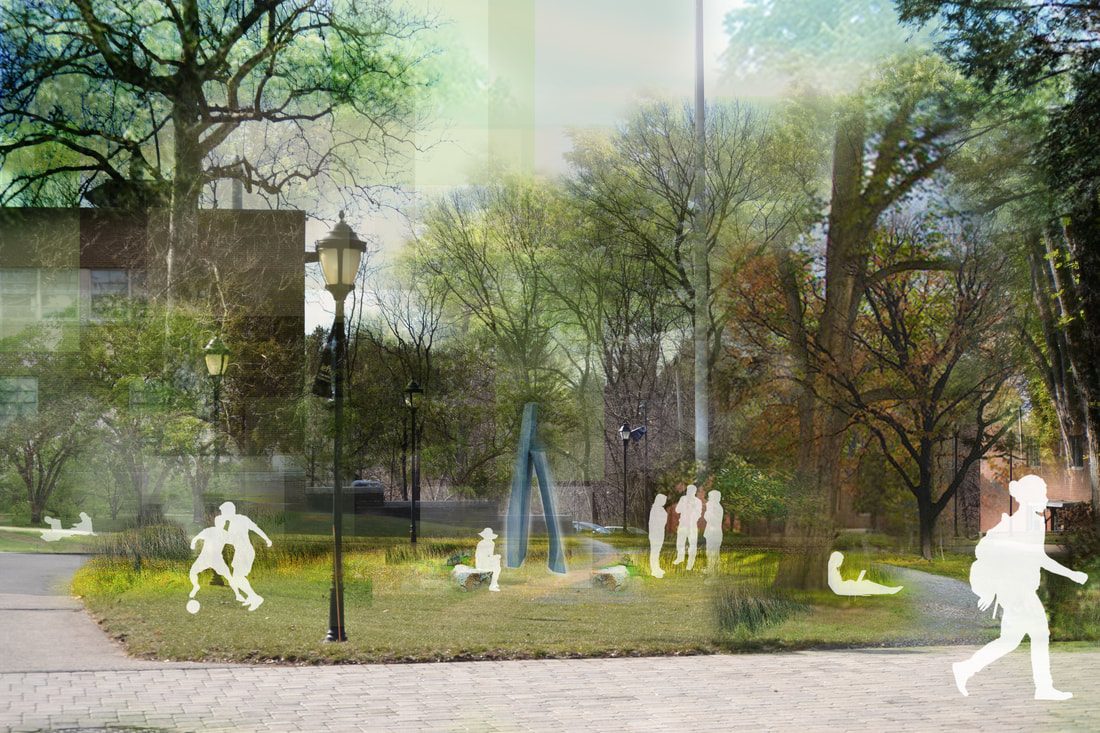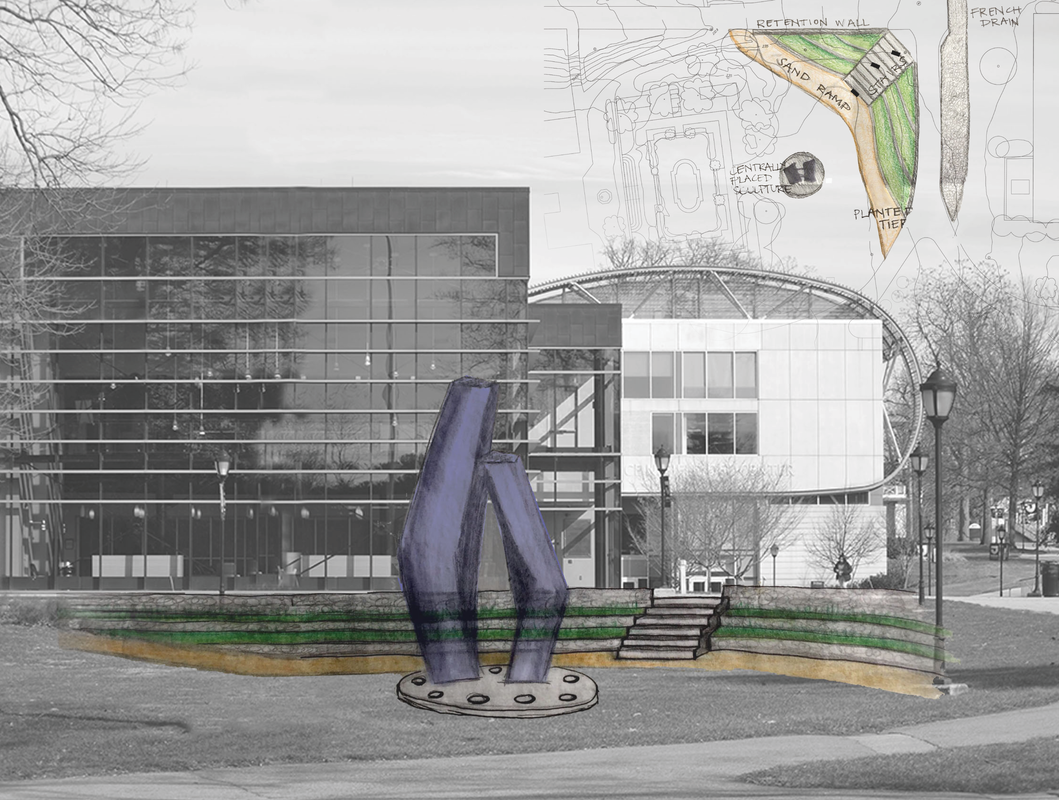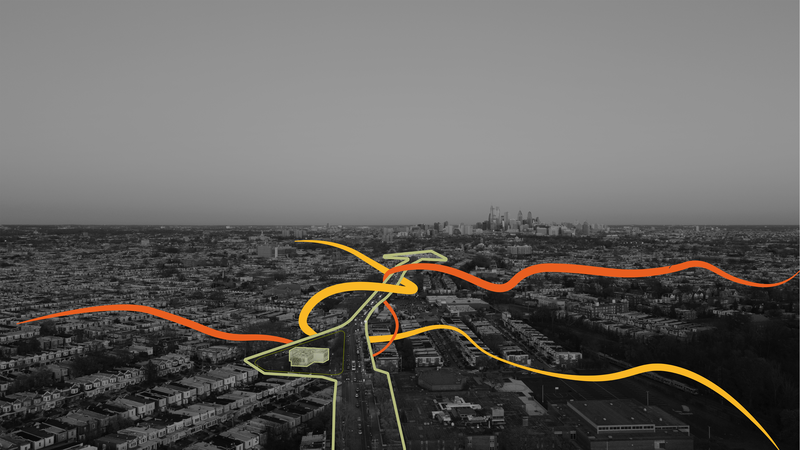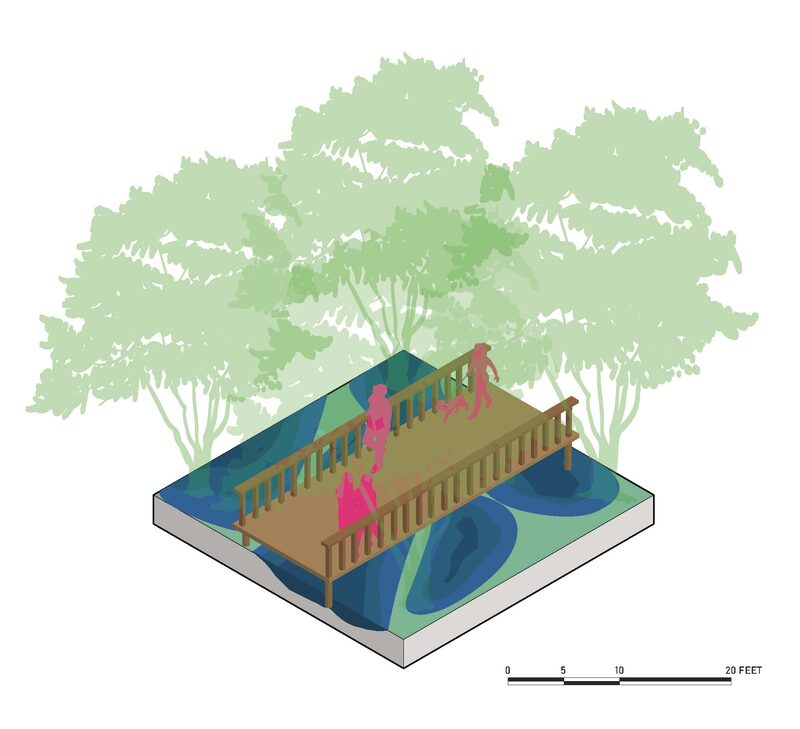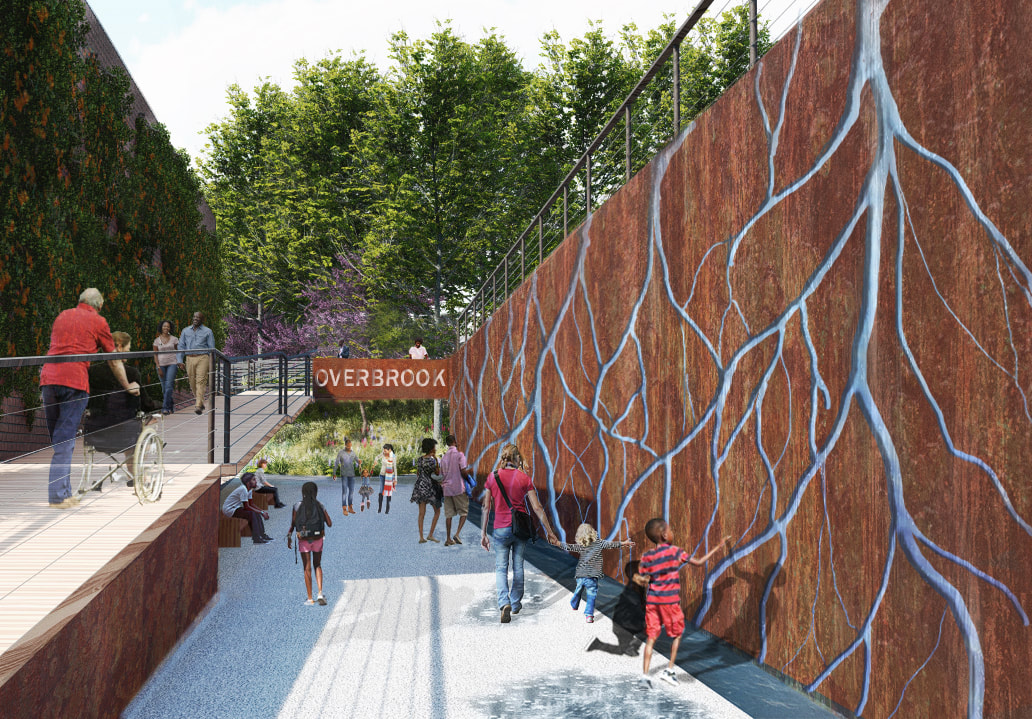A Sacred Space
|
from an interdisciplinary design charrette lead by Prof. Kimberlee Douglas
This sculpture and design charrette was commissioned as part of Thomas Jefferson's DEI statement, promoting a diverse, equitable, and inclusive campus. Students from second and fourth-year landscape architecture programs and architecture students minoring in landscape design worked with Occupational Therapy from Center City Campus and the NOMAS chapter to collaboratively design a schematic plan for the sculpture. In February, the students proposed their schemes to a board that included faculty operators, campus planners, the Dean of the CABE, and Tobi Kahn. A singular design was chosen from this presentation, and a local landscape studio group, SALT DESIGN, would further develop and install the design on campus. The overarching project goals each group was to meet are listed below as follows.
Project Goals:
A message to the group from Kimberlee Douglas: "We are about to embark on a journey to design a place that will allow stories to be told, memories to be shared, and where all can experience spiritual well-being. A place that acknowledges the past mistakes and seeks to illuminate them as a path to healing. We will invite those who have been marginalized or forgotten to a place where they can share their experiences and allow their voice to be heard. We will invite all who engage with this place to forge new relationships and new memories and make them safe. While this is not a new idea, it can be transformative for those it serves." Below are the three groups' final designs. |
|
Benjamin Nardi
L.Arch '21 |
Loganne Caka
L.Arch '23 |
Julie Pasion
B.Arch '22 |
|
Group 1 Project Statement:
The Gateway Park promotes diversity through forging a new cultural landscape that celebrates the multiplicity of the student body and through its diversity, mirrors the campus. It reclaims the characterless open space by bringing a varying typology of program to attract different users through the circulation, points of convergence and areas of rest thus bringing people together and encouraging conversation among groups that might not otherwise intermingle. The park opens the campus up to a new experience through the landscape by incorporating native habitats and creating a more direct relationship to the greenspace. The sculpture is implemented in one of the pockets along the paths as a participatory member of the gathering and a non-imposing presence. The plantings connect back to the Wissahickon and promote biodiversity on campus as well as critical ecological space throughout the year. |
|
Darby Mann
L.Arch '21 |
Morgan Hannan
L.Arch '23 |
Elizabeth May
B.Arch '22 |
|
Group 2 Project Statement:
Being vulnerable is one of the scariest emotions a human can experience but it is through vulnerability that we learn we aren’t alone. Paradoxically, we search for belonging in the pursuit of becoming an individual. The sculpture is evocative of community; it reminds one of the support this campus offers at all scales. It exposes the intimate garden as a place for reflection and comfort. It is an anchor that stands vulnerable, yet regal as it implicitly sets the tone for celebrating differences and congregation. In the end, we search for belonging in the pursuit of becoming an individual. |
|
Jenna-Lynne D’Agostino
L.Arch '21 |
Leonard Bustos
L.Arch '23 |
Julia Sardaro
B.Arch '22 |
|
Group 3 Project Statement:
This design provides a safe space for all Thomas Jefferson students, faculty, staff, and visitors regardless of race, gender, sexual orientation, culture, religion, or ability. This space on campus acts as the “second quad” and is currently a rarely used exposed lawn, but this design engages its site and pulls people towards the sculptures gateway and towards the gateway of conversation. Multiple pathways leading to the sculpture allows access from multiple points on campus to converge to view the sculpture. Like the sculpture’s spiritual design intent (the reaching hand of God being supported by the fins of A+D) this design strives for a similar intent. The design provides various comfortable safe spaces to start conversations of diversity, equity, and inclusion. In this space, we want students to feel supported by one another and to reflect upon our and each other’s differences which make up our beautiful campus body. Having covered and shaded walkways with rock seating appeal to introverts and provide a place of refuge to relax and feel enclosed within this large outdoor room. The east side of the site appeals to extroverts and preserves the original lawn for open gathering- holding school events, outdoor speaking, or recreational use. Including biodiverse landscape typologies like wetland, meadow, and woodland represent and highlight the campus’ diversity. The goal is to physically catalyze these conversations and to display Thomas Jefferson’s commitment to acknowledging its hurtful past and their commitment to providing a safe space for diversity, equity, and inclusion. |
